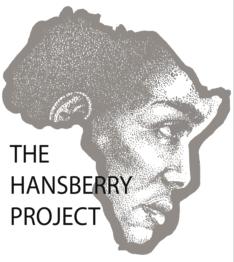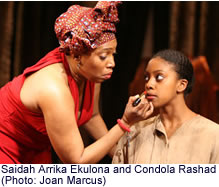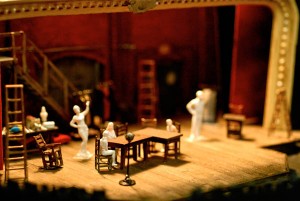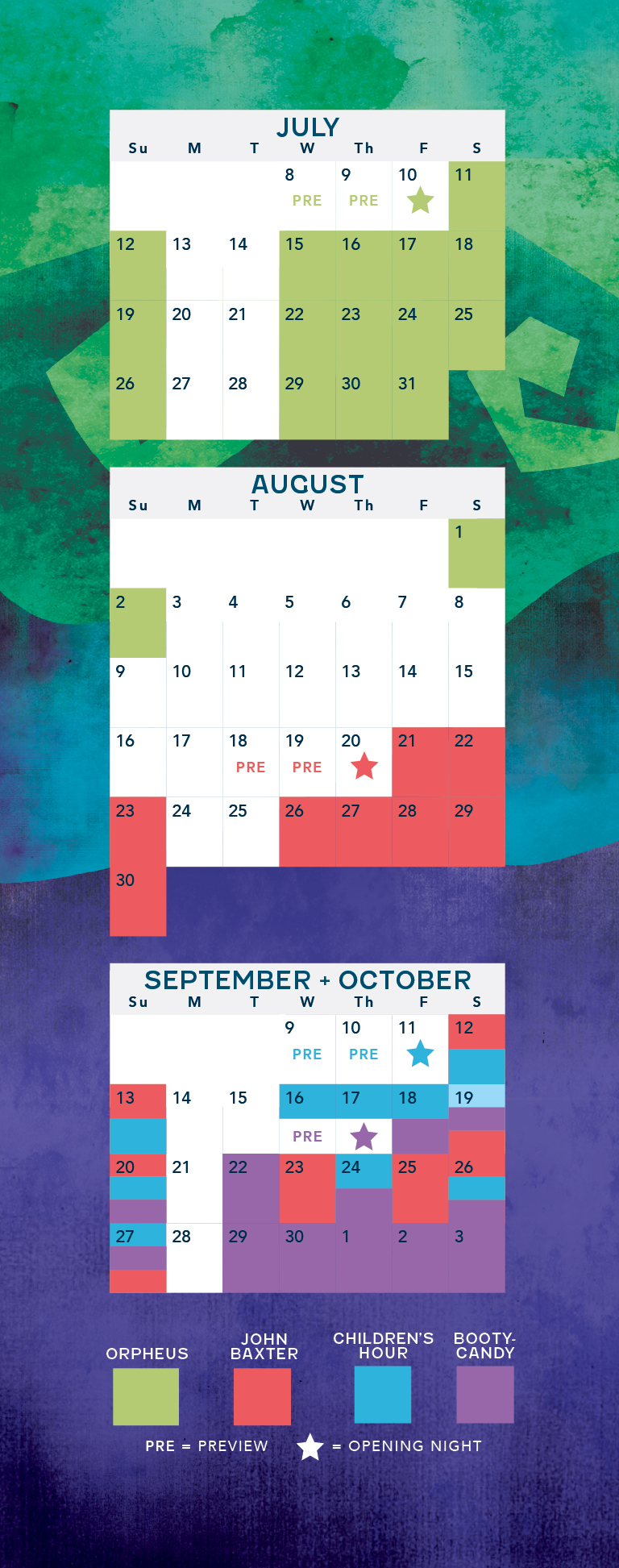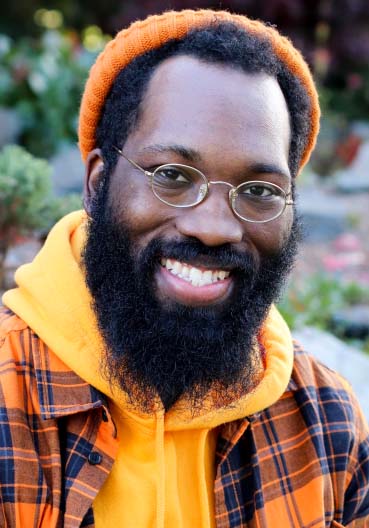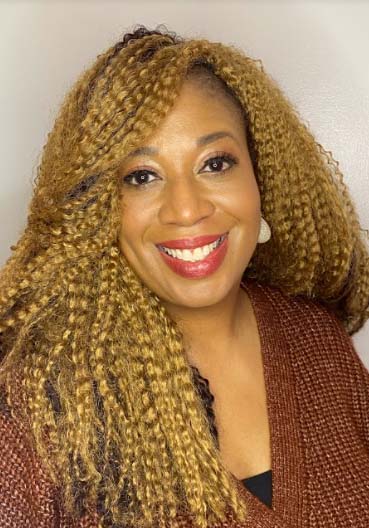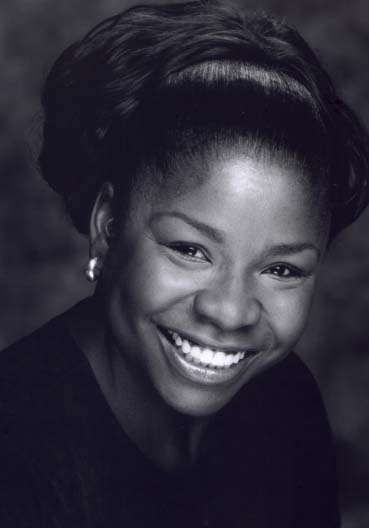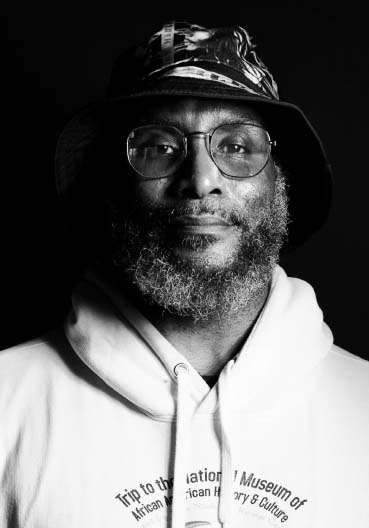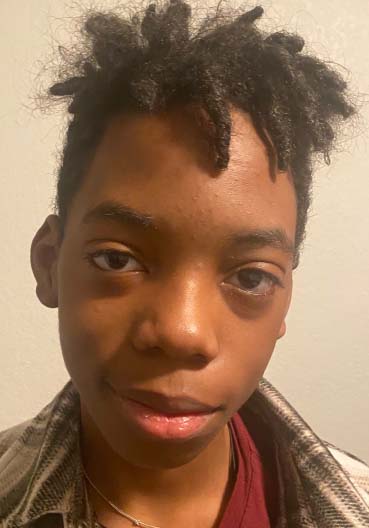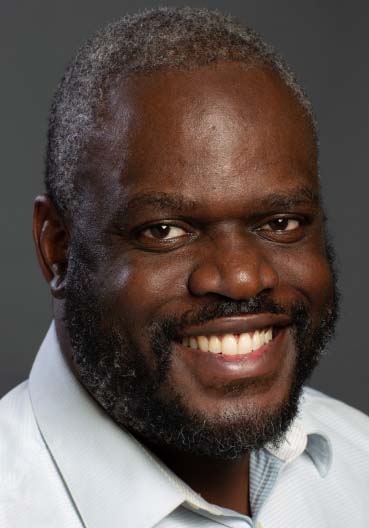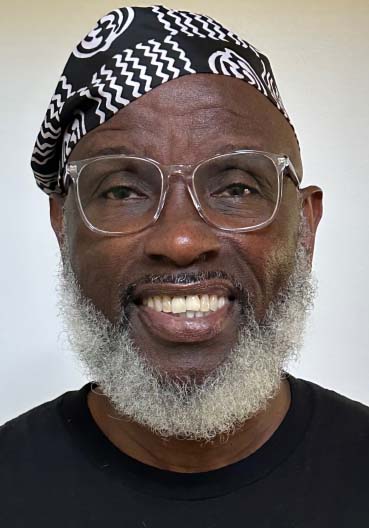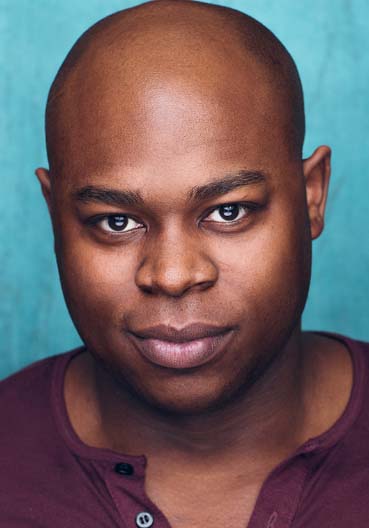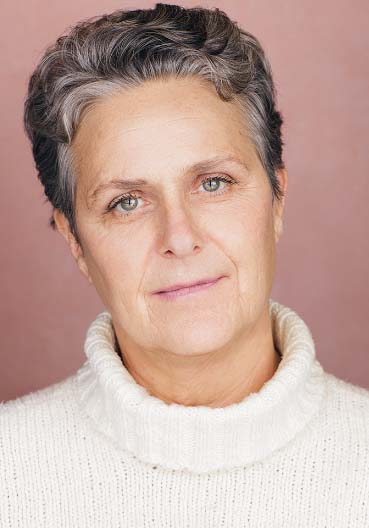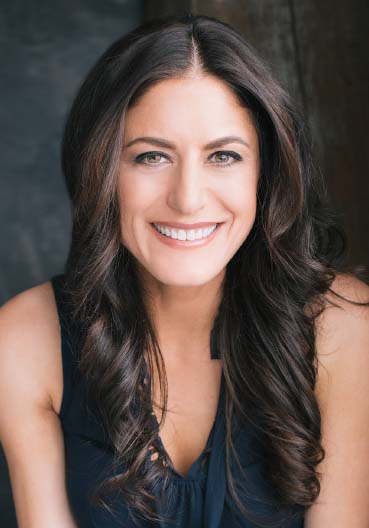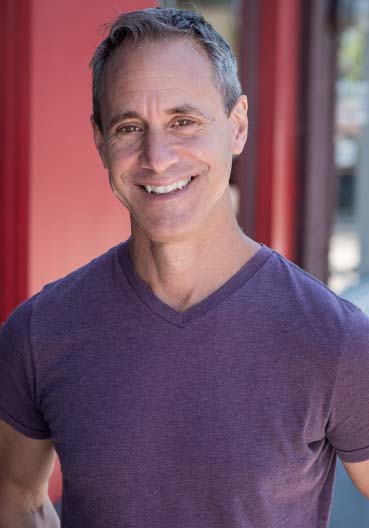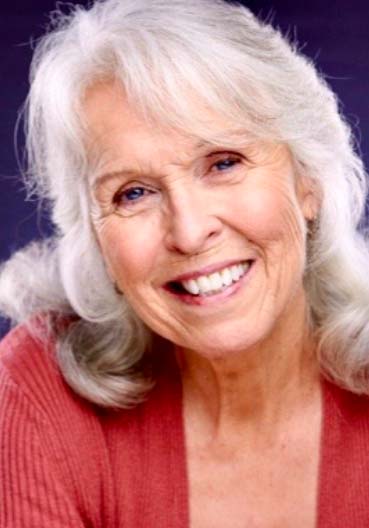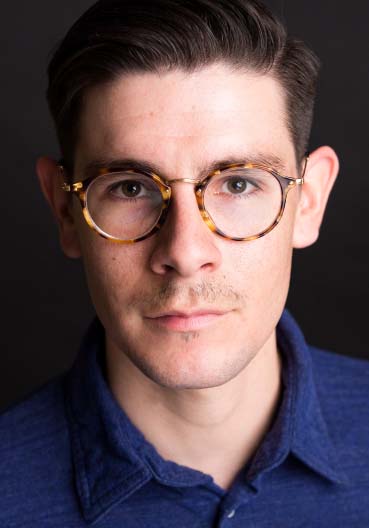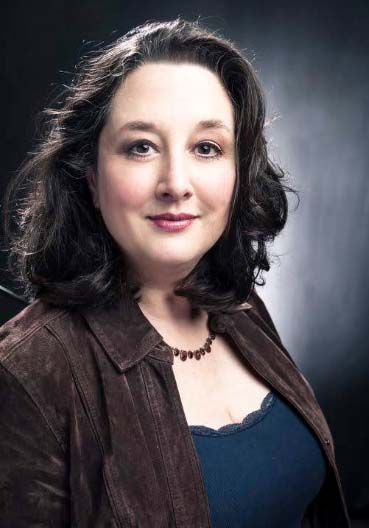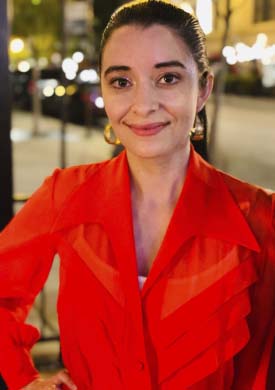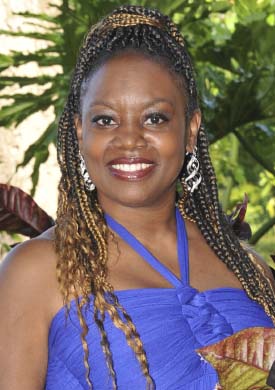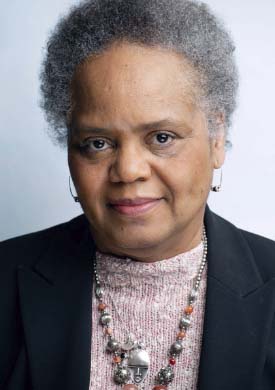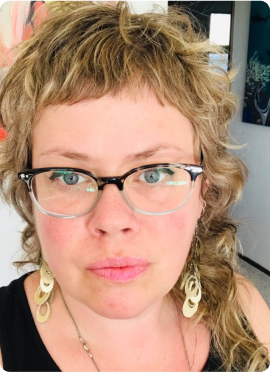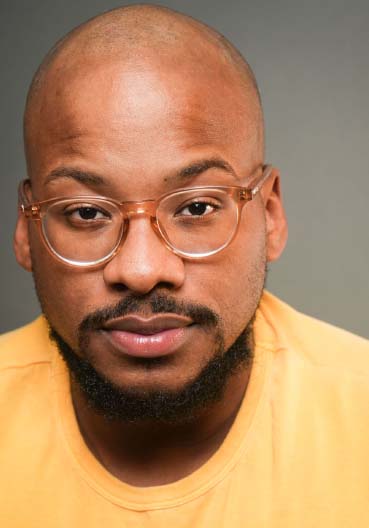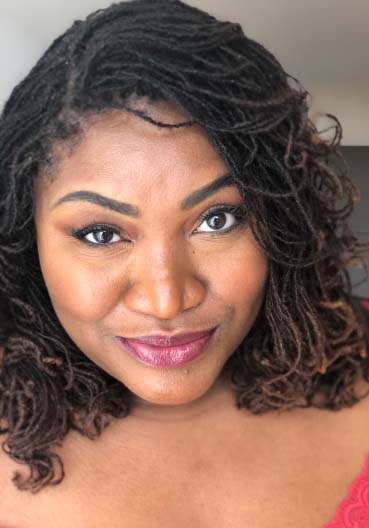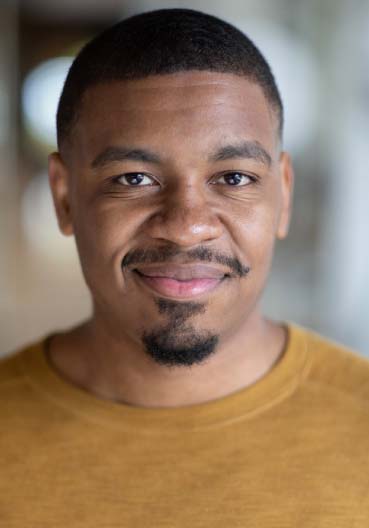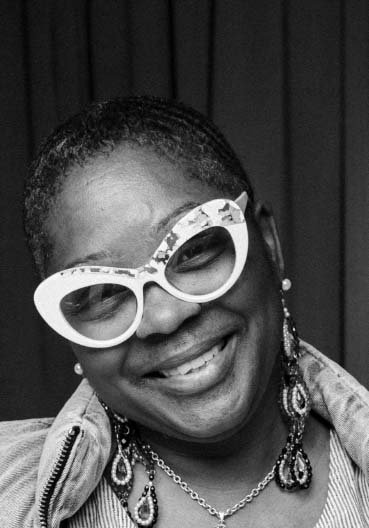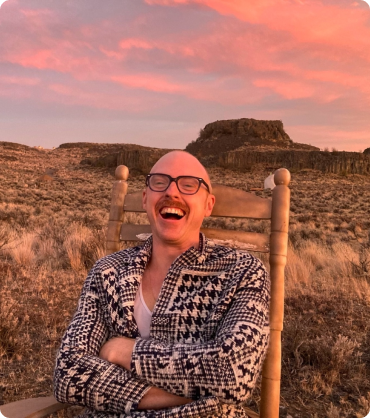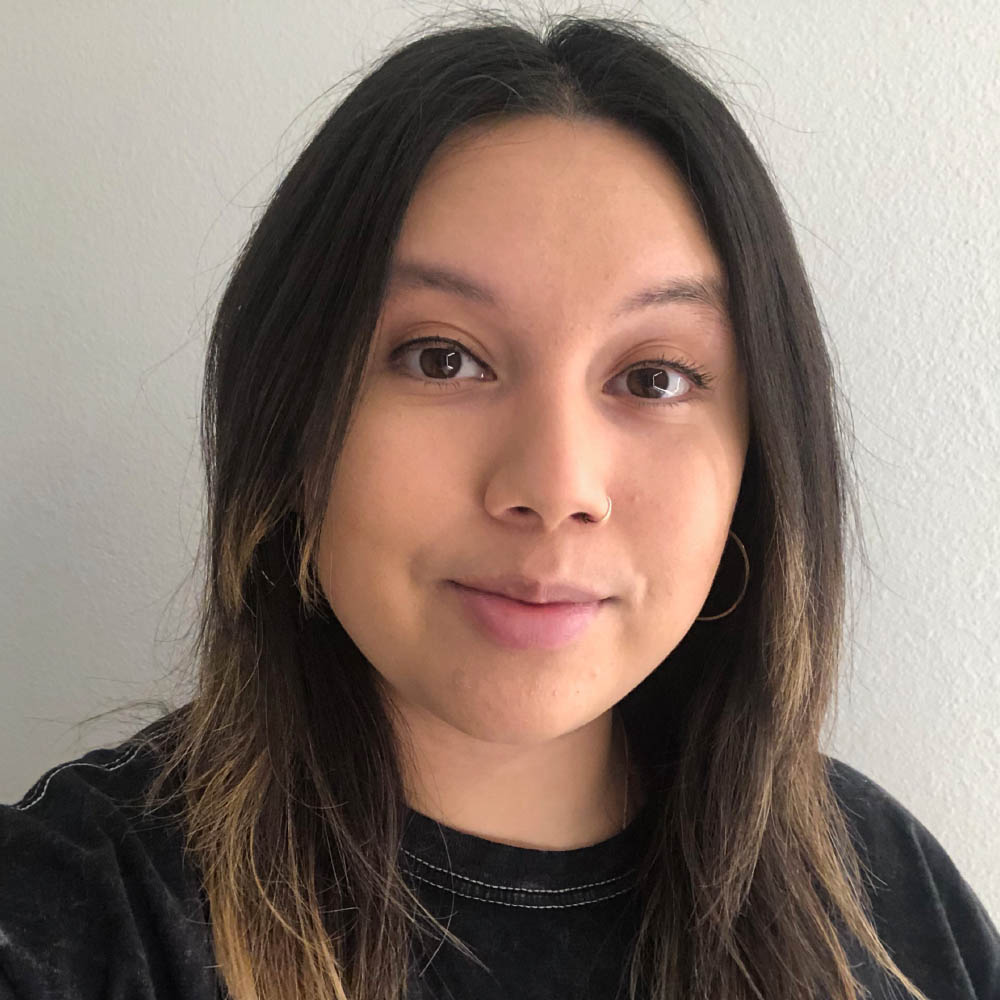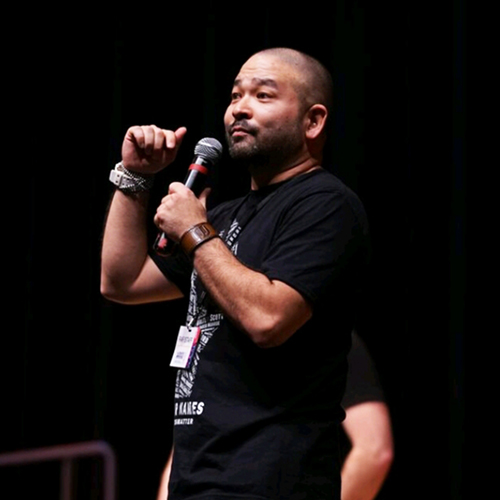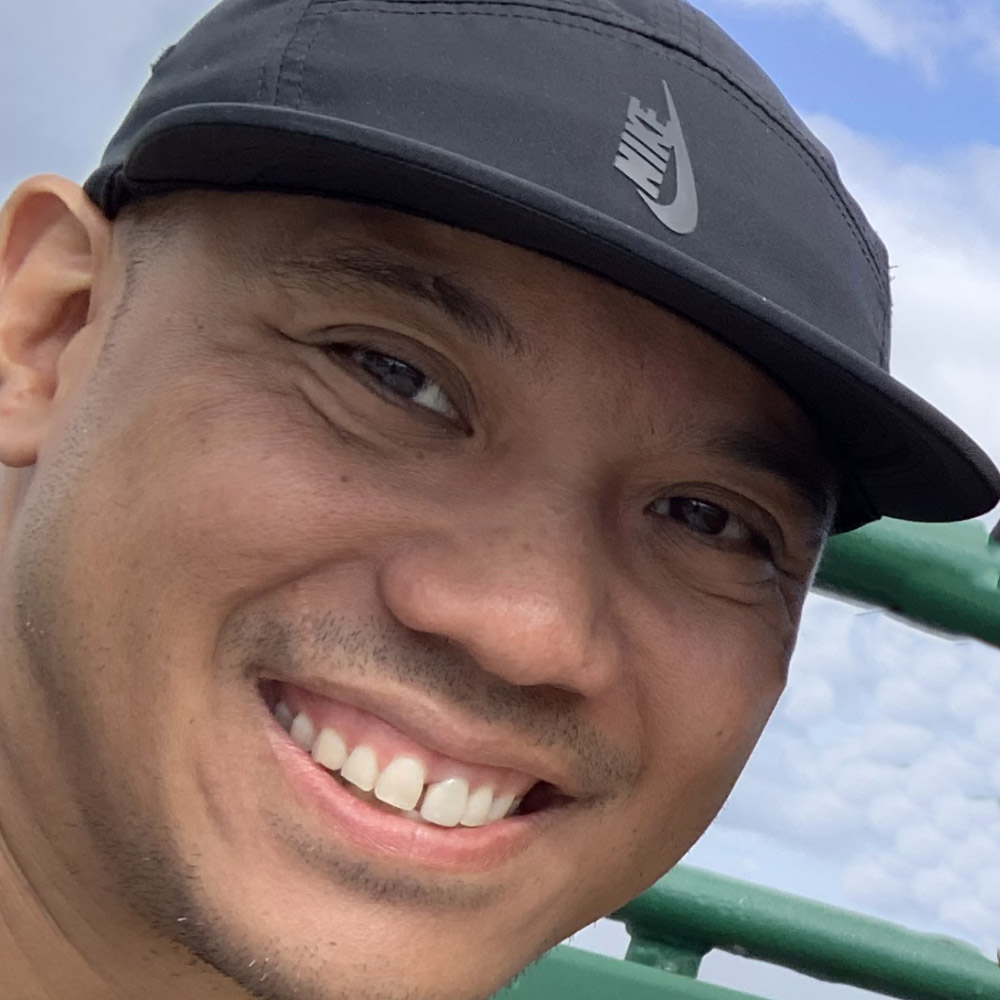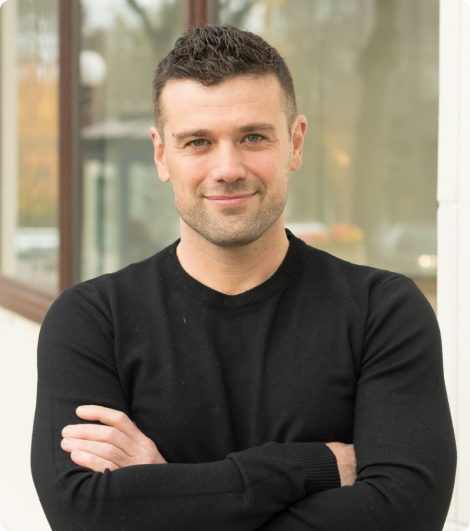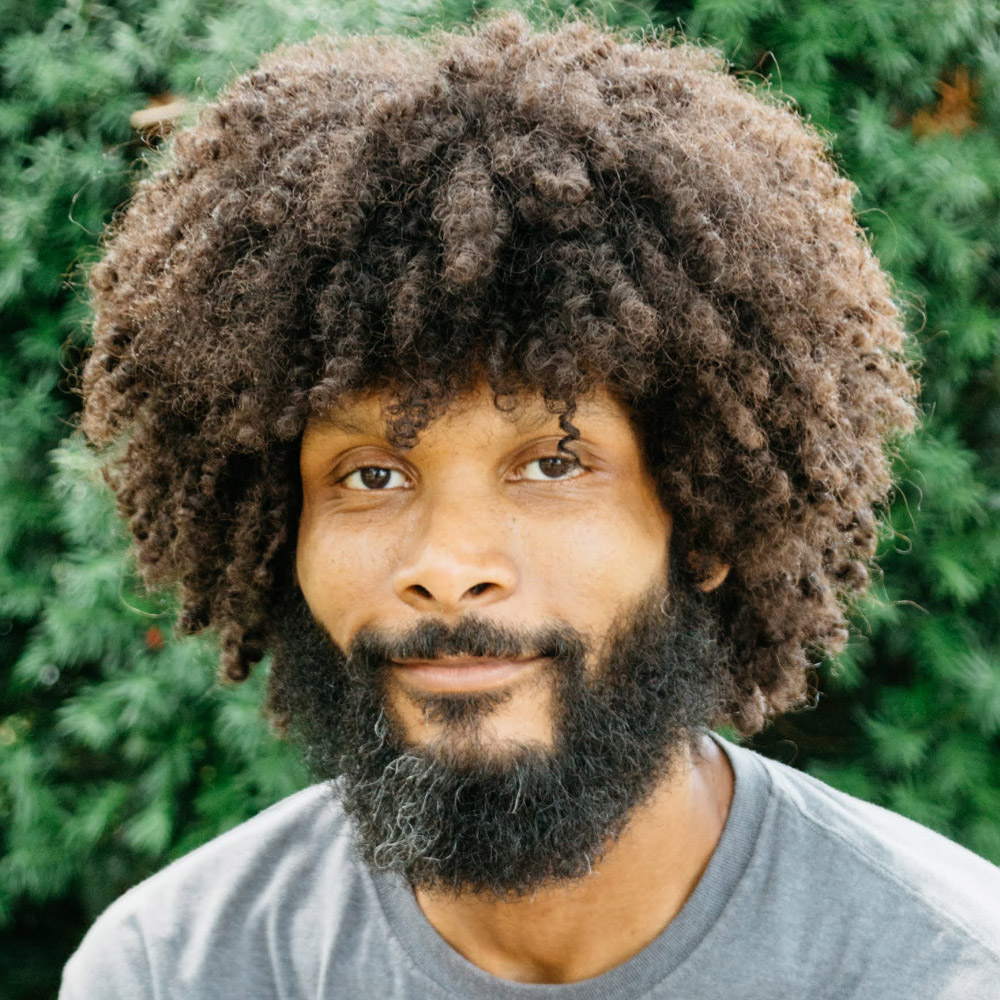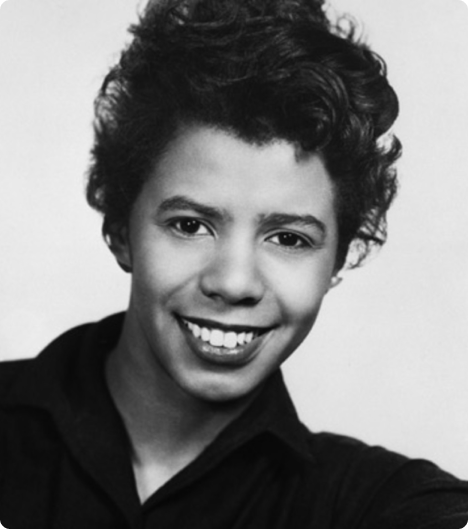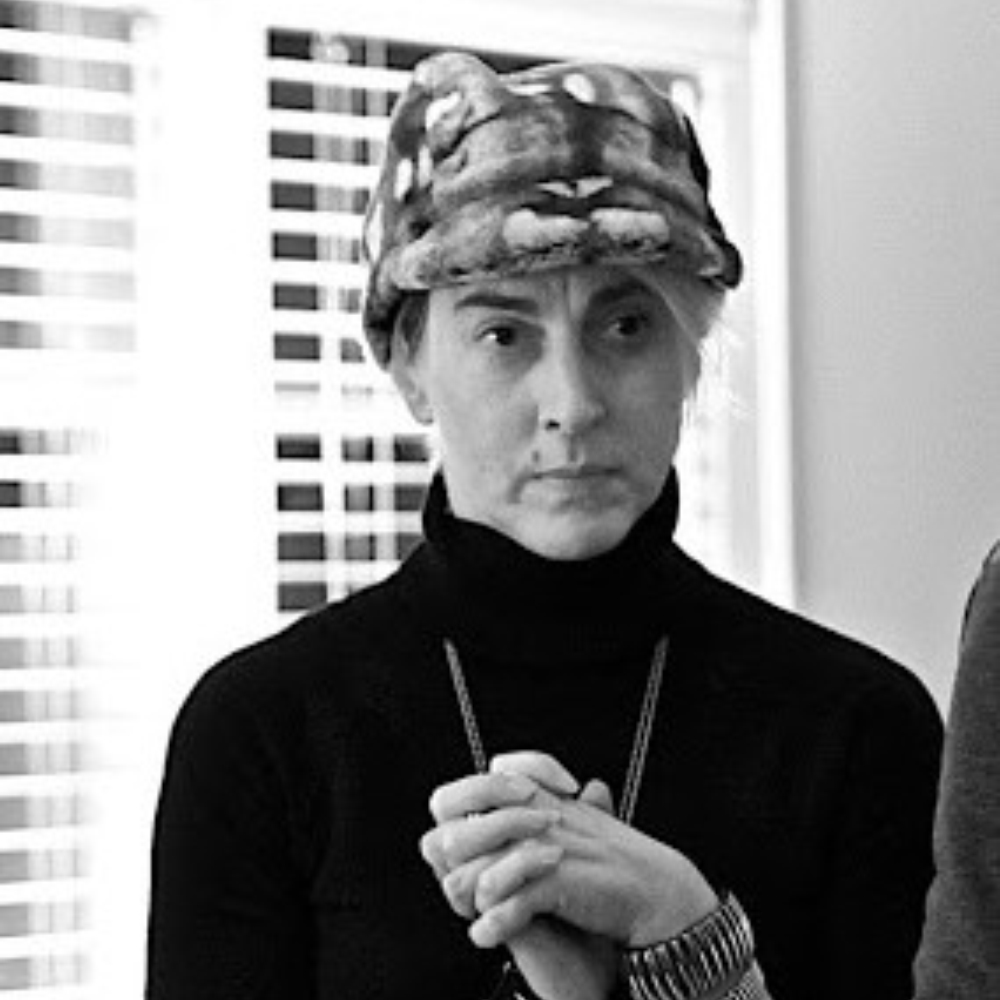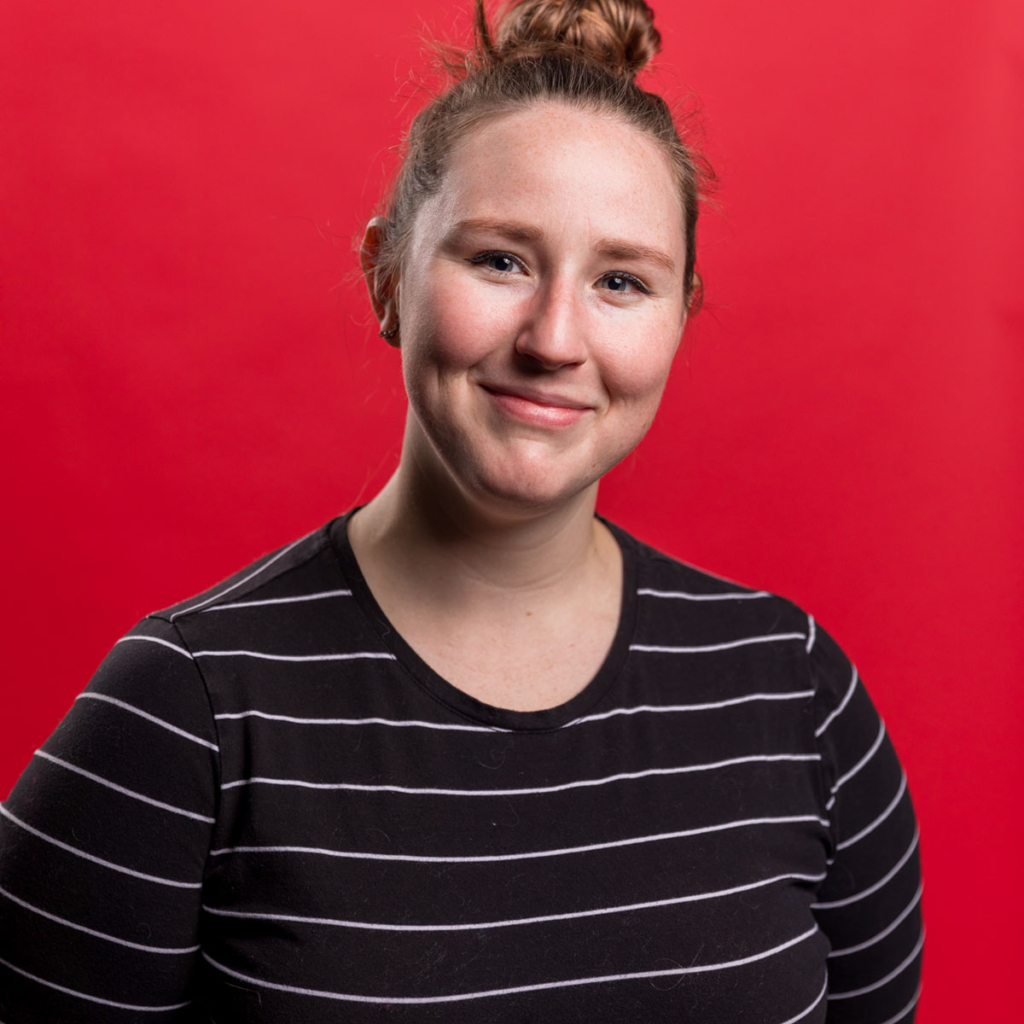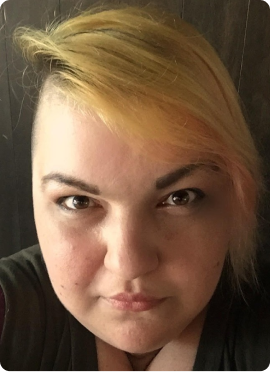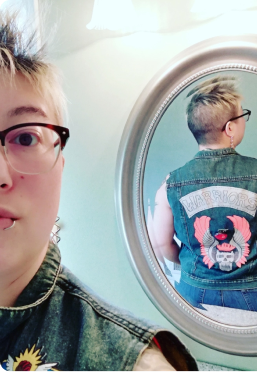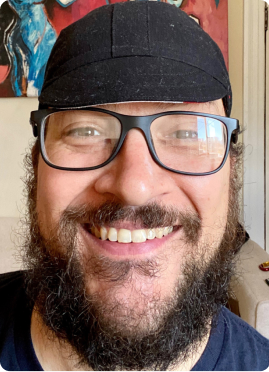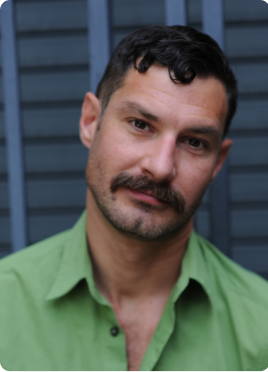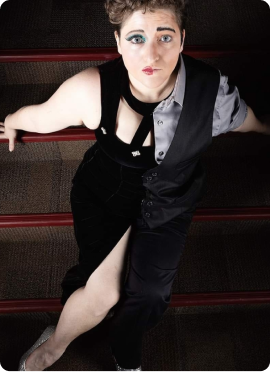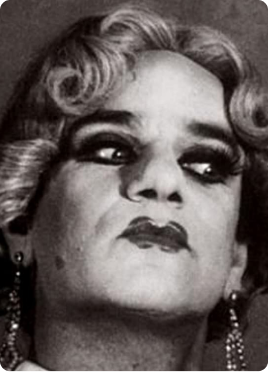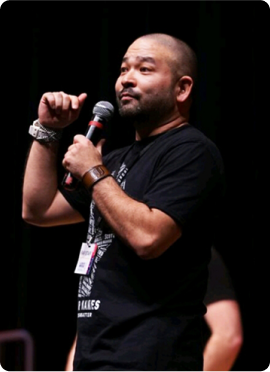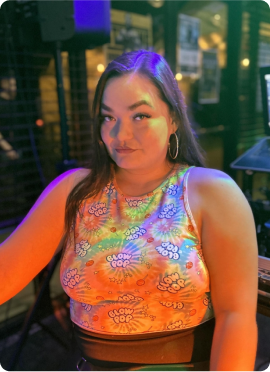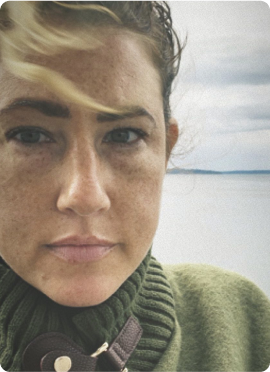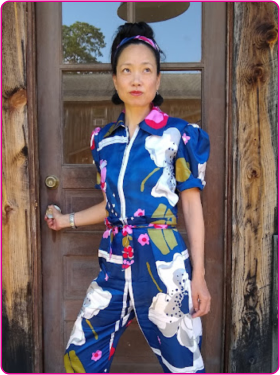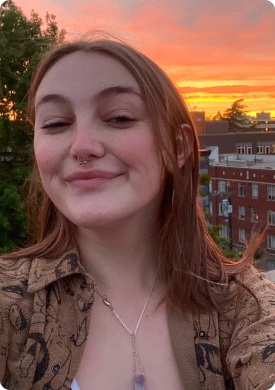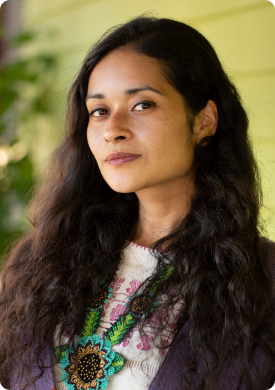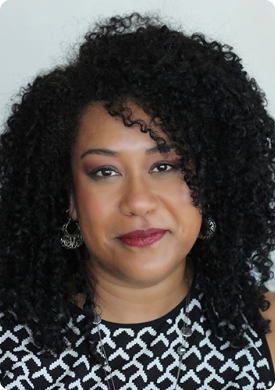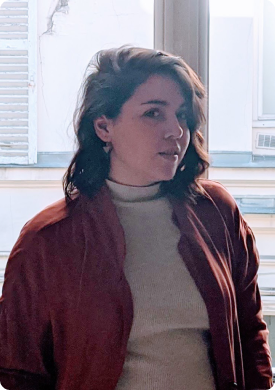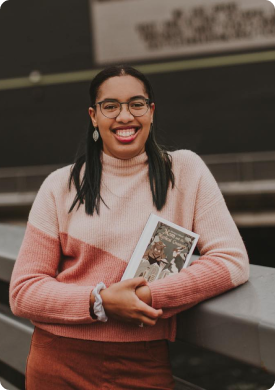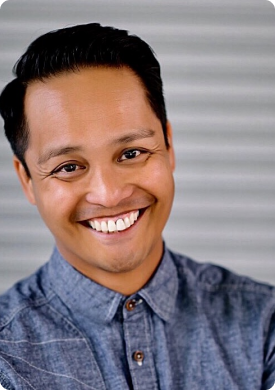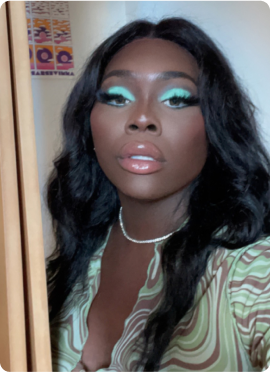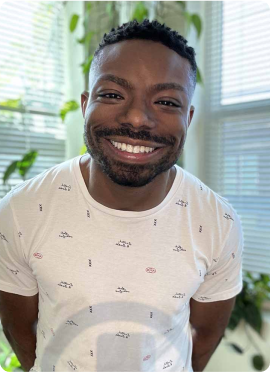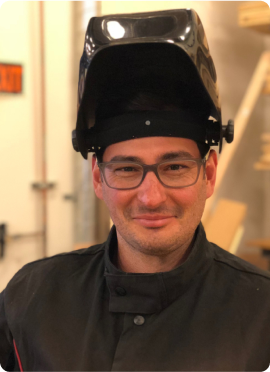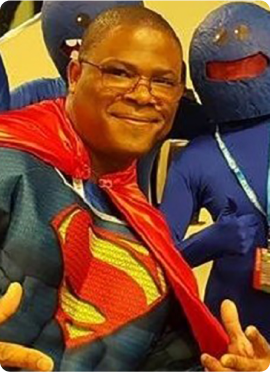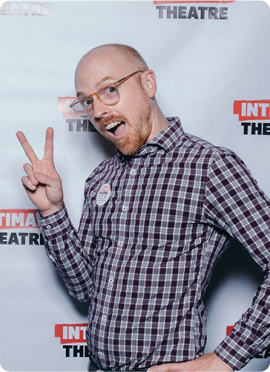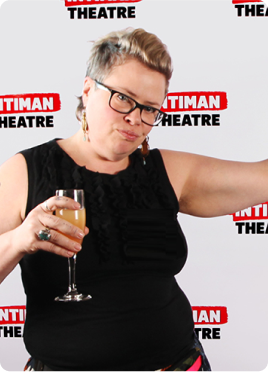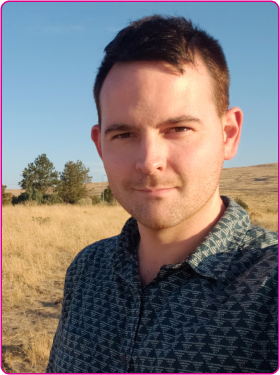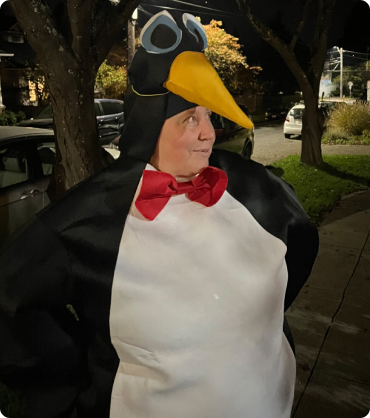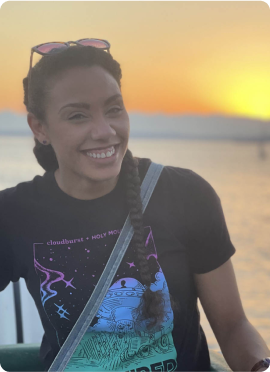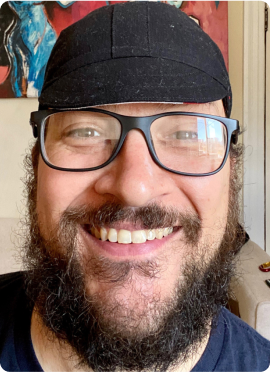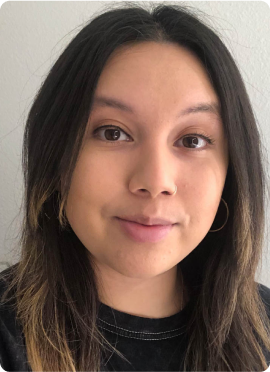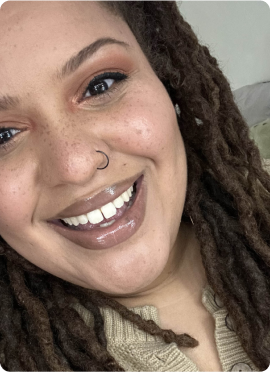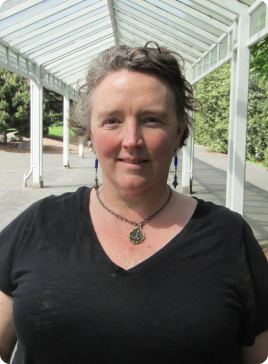The theatre was founded in 1972 by Margaret Booker, a Fulbright Scholar who studied in Sweden and named her new company Intiman—which means “the intimate” in Swedish—after August Strindberg’s theatre in Stockholm. Booker programmed her early seasons with an emphasis on Scandinavian drama and international dramatic literature. The debut 1972-1973 Season launched with Ibsen’s Rosmersholm in the Creative Arts League, a 65-seat theatre in Kirkland, Washington. Ibsen’s drama was followed by Strindberg’s The Creditors, Sternheim’s The Underpants and Tabori’s Brecht on Brecht, and Intiman officially incorporated as a non-profit theatre in 1973.
In its early years, Intiman’s company featured such notable actors—many of whom continue to perform on stages both in Seattle and nationally—as Dennis Arndt, Megan Cole, Clayton Corzatte, Ted D’Arms, the late John Gilbert, Patricia Healy, Patricia Hodges, Lori Larsen, Richard Riele and Jean Smart. Under Booker’s leadership during the theatre’s first decade, the company regularly participated in international arts festivals and engaged in “hands on” collaborations with artists from foreign countries to learn new perspectives and styles. Intiman has maintained this deep connection to international collaborations throughout its history.
In Seattle, however, Intiman was without a permanent home, producing seasons at the Cornish Institute (1974), the Second Stage Theatre (1975-1984) and the Broadway Performance Hall (1985-1986).
In 1985, Peter Davis, the theatre’s first Managing Director, succeeded General Manager Simon Siegl. A former scenic designer, Davis negotiated a plan for Intiman to operate and manage the Playhouse at Seattle Center, the cultural heart of Seattle. Originally built for the 1962 World’s Fair, the Intiman Playhouse opened in 1987 after a $1.2 million renovation, with all of the company’s operations—the performance, rehearsal, production, shop and administrative areas—in one location for the first time. The first production in the Playhouse was Shaw’s Man and Superman, directed by the Elizabeth Huddle, an actor and director who had joined Intiman as its new Artistic Director in 1986.
Among the highlights of her six-year tenure, which also brought a new emphasis on modern classics and contemporary plays to “Seattle’s Classic Theatre,” Huddle developed the Living History arts-in-education program with Intiman teaching artists and Roosevelt High School drama teacher Ruben Van Kempen, for whom Intiman’s VK Award is named. This award-winning program continues to reach thousands of students annually in high schools from Seattle to rural communities across the state.
Under the leadership of Huddle and Davis, Intiman’s budget and number of annual performances grew and, in 1988, the theatre produced its first world premiere—Peter S. Beagle’s ambitious dance/theatre stage adaptation of his own novel The Last Unicorn, which was directed by Huddle and choreographed by the founding Artistic Director of Pacific Northwest Ballet, Kent Stowell, and featured members of the PNB company.
Two years later, Intiman presented the Sovremennik Theatre of Moscow’s production of Into the Whirlwind—which involved hosting 60 Russian artists for six weeks, and was the Sovremennik’s free-world debut—at the Goodwill Arts Festival in Seattle. In addition to this production, which The New York Times called the “theatrical coup of the festival,” Intiman (the only theatre in Seattle to participate in the Festival) also presented the Sovremennik’s staging of Chekhov’s Three Sisters as part of its 1990 season; both productions, which were in Russian with simultaneous translation, sold out.
In 1991, undertaking another huge project, Intiman produced the world premiere of The Kentucky Cycle, Robert Schenkkan’s two-part drama spanning the lives of three families during 200 years of American history. The Fund for New American Plays awarded the largest grant in its history to Intiman for this production, and Schenkkan went on to win the 1991 Pulitzer Prize for Drama—the first time the award was given for a play not yet produced in New York. The Kentucky Cycle opened to rave reviews at the Mark Taper Forum in Los Angeles in 1992 and played both at the Kennedy Center in Washington, D.C. and on Broadway in 1993 and 1994.
Warner Shook, director of The Kentucky Cycle, became Intiman’s new Artistic Director in 1993. During his six-year tenure, Intiman built a national reputation for productions of plays by such bold contemporary writers as Edward Albee, Athol Fugard, Lynn Nottage, Anna Deavere Smith, Paula Vogel and Chay Yew. Shook and Victor Pappas, Intiman’s Associate Artistic Director, also supported writers through the New Voices series, which focused on new-play development. Leslie Ayvazian’s Nine Armenians, Jeffrey Hatcher’s Smash and Ellen McLaughlin’s Tongue of a Bird all began as New Voices readings and had their world premieres at Intiman; these and other plays developed through the series have subsequently been produced across the country, including at the Mark Taper Forum, Manhattan Theatre Club and The Public Theater.
In 1994, Intiman became the first regional theatre company in the country awarded the rights to produce Tony Kushner’s two-part epic Angels in America after it won the 1993 Pulitzer Prize and Tony Award for Best Play. Part One: Millennium Approaches closed the 1994 season, and Part Two: Perestroika opened the 1995 season. Directed by Shook, the complete Angels in America—with a large ensemble cast including Peter Crook, Gina Nagy, Jeanne Paulsen, Robynn Rodriguez and Laurence Ballard as Roy Cohn—reached more than 63,000 patrons over its two-year run and remains one of Intiman’s most enduring achievements.
Laura Penn succeeded Peter Davis as Managing Director in 1994 and, during a tenure that would last 14 seasons, guided the company’s efforts to advocate for civic dialogue and community building in the Puget Sound region and nationally. In addition to extending Intiman’s education and community programs, Penn oversaw the establishment of the Intiman Theatre Foundation and a remodel of the public spaces at the Playhouse.
Bartlett Sher joined Intiman as the theatre’s new Artistic Director in 2000 and directed his first production, Shakespeare’s Cymbeline, for the opening of the 2001 Season. Sher went on to direct a new production of the play, produced by Theatre for a New Audience, at the Royal Shakespeare Company in Stratford-upon-Avon—where it was the first American production of a Shakespeare play ever presented at the RSC—and in New York, where it had an award-winning Off-Broadway run.
During his 10 years as Intiman’s artistic leader, Sher directed 16 productions, including the world premieres of Prayer for My Enemy and Singing Forest and new adaptations of Chekhov’s Three Sisters and Uncle Vanya by Craig Lucas, the playwright and screenwriter who was Intiman’s Associate Artistic Director during Sher’s tenure. Other notable productions directed by Sher include the world premiere of Nickel and Dimed, Joan Holden’s commissioned adaptation of the nonfiction bestseller by Barbara Ehrenreich, and plays by Chekhov, Goldoni and Tony Kushner.
In recent years, Sher has received national and international acclaim for his visionary productions, in Seattle and elsewhere, of classics, world premieres and operas. Now Intiman’s Artistic Director Emeritus, he is the Resident Director of Lincoln Center Theater, which produced The Light in the Piazza, a musical by Lucas and composer/lyricist Adam Guettel, after it premiered as a co-production between Intiman and Chicago’s Goodman Theatre in 2003-2004. The Lincoln Center production, which received six 2005 Tony Awards, returned to Seattle as part of its National Tour in 2007, in a special “homecoming” engagement at the Paramount Theatre that was co-presented by Broadway Across America–Seattle, Intiman and Seattle Theatre Group.
Under Sher and Penn’s leadership, Intiman received acclaim for its American Cycle series of classic American stories and outreach programs for multigenerational audiences. This large-scale wide initiative, which launched in 2004 with Thornton Wilder’s Our Town, directed by Sher and starring Tom Skerritt in the role of the Stage Manager, has served tens of thousands of King County audiences and students, bringing our community together through civic dialogue and public participation. In addition to large-scale mainstage productions of great American stories, the Cycle has included free programs that take place beyond Intiman in coffeehouses, centers for youth, libraries, living rooms and many other unexpected locations across King County, all with the goals of cultivating curiosity, advocating for literacy, encouraging an informed citizenry and understanding interconnectedness.
The American Cycle productions have included Linda Hartzell’s iridescent staging of John Steinbeck’s The Grapes of Wrath, adapted by Frank Galati (2005); Kent Gash’s searing world-premiere adaptation of Richard Wright’s Native Son (2006); and Harper Lee’s To Kill a Mockingbird, adapted by Christopher Sergel and directed by Fracaswell Hyman, which became the best-selling production in Intiman’s history (2007); Robert Penn Warren’s novel of political and ambition, All the King’s Men, adapted by Adrian Hall and directed by Pam MacKinnon, coinciding with the presidential election season (2008); and Robert Sherwood’s Abe Lincoln in Illinois (2009), about the making of an American hero—and what it means to be an American hero today. This critically acclaimed production was directed by Seattle artist Sheila Daniels, Intiman’s Associate Director for two seasons.
In recent years, Intiman’s achievements have been saluted nationally and locally. In 2004, the theatre was the first Washington State company to be honored as a Leading National Theatre by the Doris Duke Charitable Foundation. The Municipal League of King County named Intiman Organization of the Year (the first arts organization to be so honored) at its 2006 Civic Awards, recognizing its outstanding contributions to the community. That same year, Intiman was honored with the Tony Award® for Outstanding Regional Theatre, the most prestigious award given in the nonprofit theatre field.
Kate Whoriskey, one of the most adventurous directors in the American Theatre today, became Intiman’s Artistic Director in 2010. Her production of Lynn Nottage’s Ruined, the Pulitzer Prize-winning play about violence against women in the Democratic Republic of Congo, became the second-best-selling show in the theatre’s history after its extended run this summer. Inspired by the play’s message of unlikely hope and indomitable spirit, Intiman’s staff and community came together for numerous programs designed to raise awareness about this conflict, including a successful Run/Walk for Congo Women.
In 2011, Intiman Theatre recognized the need to pause, reflect and relaunch with a financially sustainable and artistically vibrant new model. After listening to input from artists, audiences, funders and the community, Intiman launched its first summer theatre festival in July and August of 2012 under the leadership of Artistic Director Andrew Russell and Managing Director Keri Kellerman. The festival, curated from the impulses of an artist collective, featured four plays and a repertory company of 17 actors who stretched through over 40 roles. For the first time, Intiman also produced one of the 2012 plays in its intimate studio space, offering a fresh perspective that tantalized both actors and audiences.
Today, Intiman Theatre continues to produce work that is surprising, relevant and encourages conversation, activism and a personal connection between the theatre and its audiences. Intiman supports diverse voices and unique collaborations that allow audiences to experience worlds that are different from their own, and then make a connection back to themselves through dialogue both at the theatre and in the community. In all of its activities, Intiman remains dedicated to making well-crafted work that speaks to our times.
In 2017, Intiman welcomed Phillip Chavira as the first Executive Director, and first person of color to lead this organization. At the end of 2017, Andrew Russell completed his tenure as Producing Artistic Director and Intiman welcomed Jennifer Zeyl as the seventh Artistic Director. Intiman produced Robert O’Hara’s BARBECUE and Sara Porkalob’s DRAGON LADY.
In 2018, Intiman co-produced with ArtsWest HIR by Taylor Mac, then produced Allison Gregory’s WILD HORSES and closed the season with Karen Zacarias’s NATIVE GARDENS. Intiman retired a historical $2.7m in debt and obligations at the end of 2018.
In 2019, Intiman produced Christopher Chen’s CAUGHT, David Grieg’s THE EVENTS, and Eisa Davis’s BULRUSHER. Intiman created the Community Ticket Project, which supports free tickets to shows.
In 2020, Amy Zimerman was welcomed as Managing Director. Together with Jennifer Zeyl, they oversaw the company’s move to Capitol Hill and established Intiman as the professional theatre-in-residence at Seattle Central College. Zimerman was succeeded by Wesley Frugé in early 2022, who stepped into the role following three years as Intiman’s Development and Communications Director.
